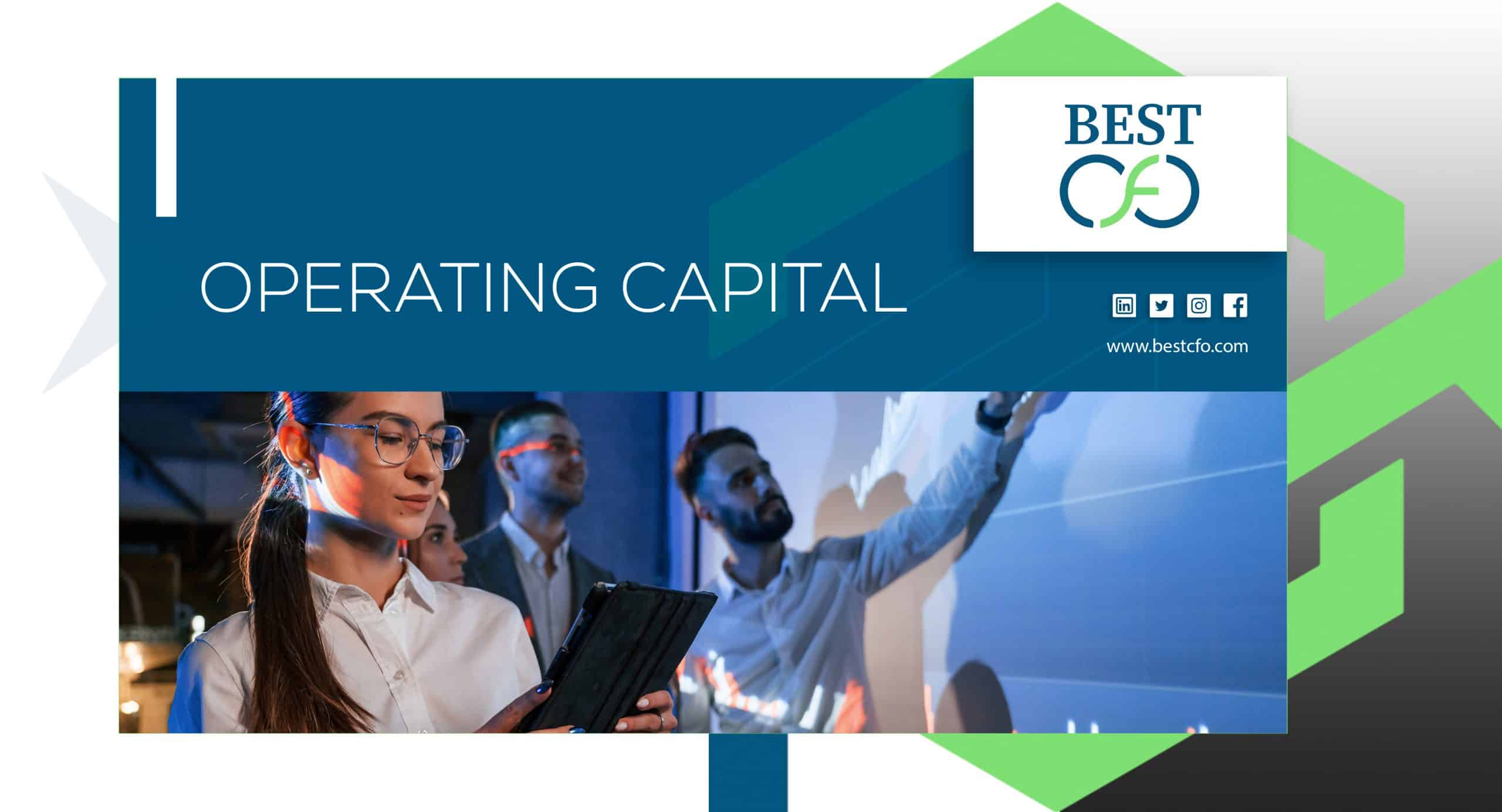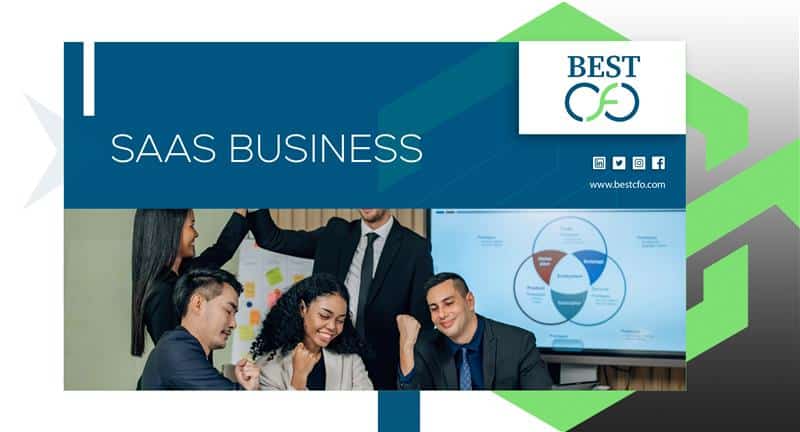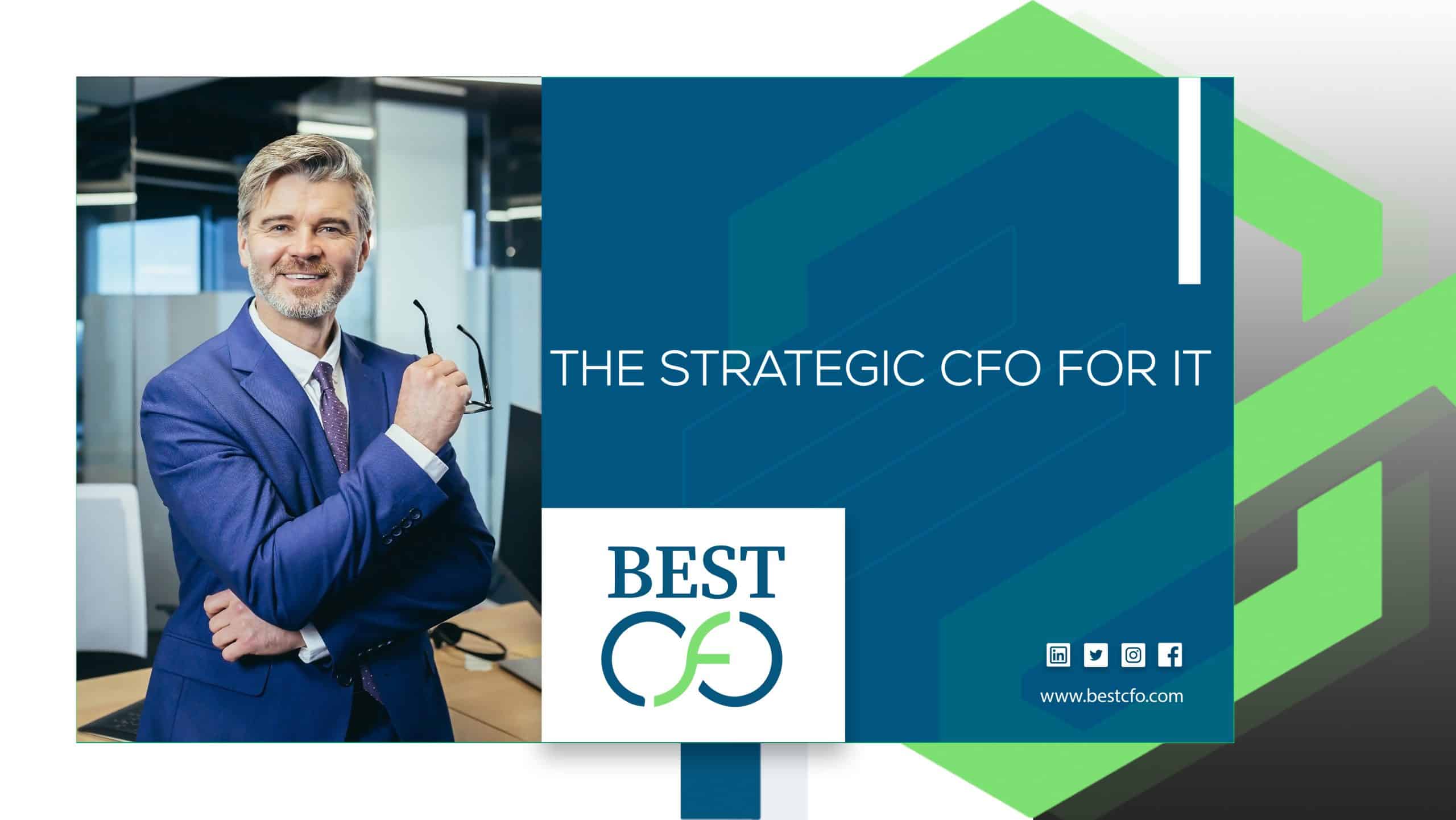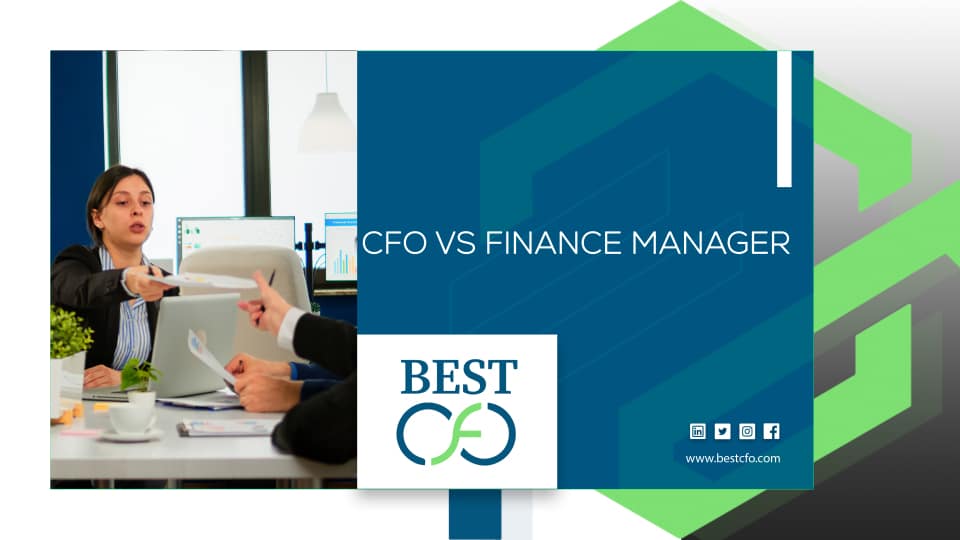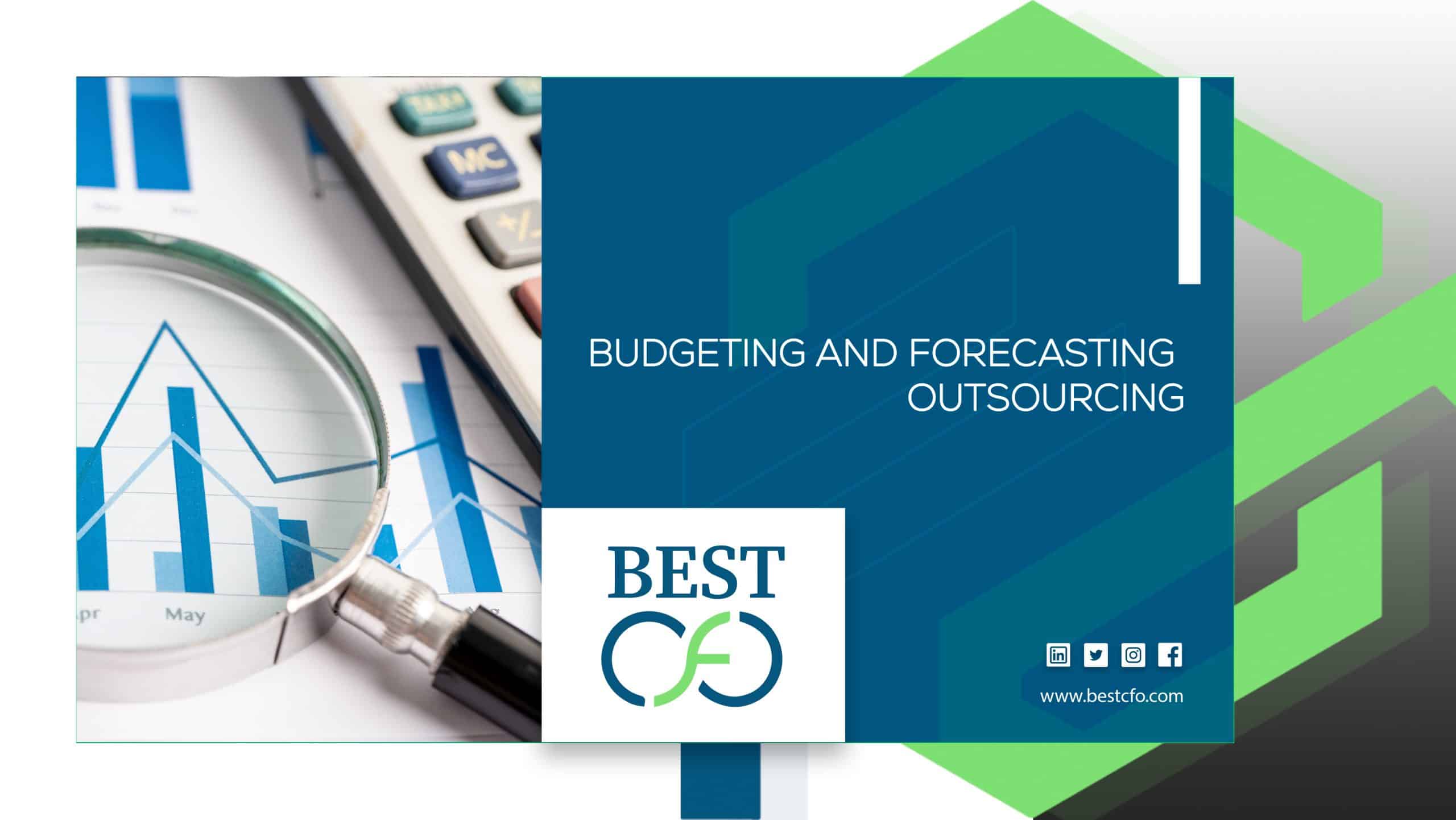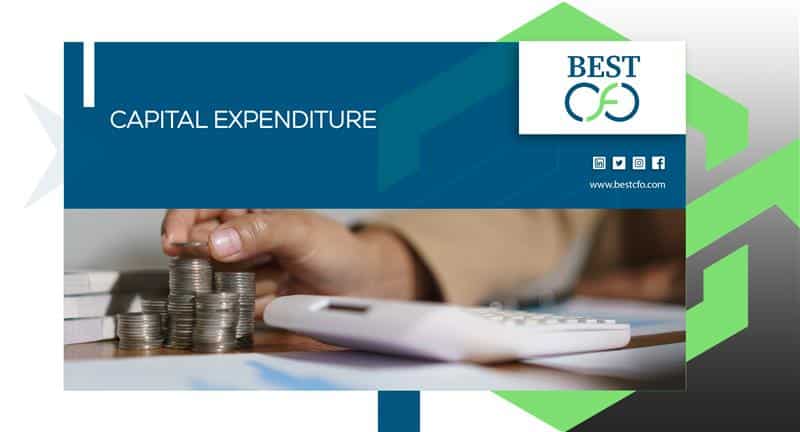
| Getting your Trinity Audio player ready... |
Capital Expenditure Explained: A Guide for Smart Investments
Let’s talk about something that affects almost every company and investor—Capital Expenditure, or CapEx. In simple terms, CapEx is the money a business spends on big things that will help it earn money in the future. We’re talking about buying machines, buildings, or computers—things that last a long time and help the company grow.
This guide is here to walk you through what CapEx really is, why it matters, and how smart planning can boost your financial decisions, whether you’re managing a business or just curious about how companies spend their money.
What Is Capital Expenditure (CapEx)?
Capital Expenditure is the money a company spends to buy or upgrade assets like equipment, property, or technology. These aren’t everyday costs like office supplies. These are investments in the future of the business.
Types of Assets in CapEx
Some common types of assets classified as CapEx include:
- Property, Plant, and Equipment (PP&E) like factories, tools, or vehicles
- Technology such as laptops, servers, or software
- Infrastructure like warehouses or networks
CapEx can also cover things like intangible assets—such as patents or licenses—that offer long-term value.
How CapEx Shows Up in Accounting
When companies spend on CapEx, the cost doesn’t show up all at once on the income statement. Instead, it goes on the balance sheet as a fixed asset and slowly becomes an expense through depreciation or amortization over time. This method follows International Financial Reporting Standards (IFRS) and Generally Accepted Accounting Principles (GAAP).
Real-World Example
Let’s say a manufacturing company buys new machines for $1 million. That cost won’t hit profits right away. Instead, it will appear on the cash flow statement under investing activities and be depreciated across several years.
Why Is CapEx Important for Businesses?
If a business wants to grow, compete, and last a long time, it has to invest in its future. That’s what CapEx is all about.
Long-Term Growth & Competitive Advantage
By investing in better tools, factories, or research, businesses can improve productivity, lower costs, and stay ahead in the market. Think of CapEx as planting seeds for future success.
Tax Benefits
Spending on CapEx brings tax deductions through depreciation and amortization. These help reduce a business’s income tax over time, improving overall net income.
Impact on Financial Health
While CapEx boosts long-term value, it also affects short-term cash flow, debt, and equity. Companies need to be careful with how much they spend and how they finance these projects.
Strategic Planning
CapEx isn’t just about money—it’s about aligning investments with business goals. That’s where capital budgeting and strategic planning come in.
Case Study: Amazon’s Smart Spending
Amazon spent billions on warehouses, delivery systems, and data centers. These heavy CapEx decisions helped Amazon dominate the market and meet growing customer demand.
CapEx vs. OpEx: Key Differences
To truly understand CapEx, you need to know how it’s different from Operational Expenditure (OpEx).
Feature | Capital Expenditure (CapEx) | Operational Expenditure (OpEx) |
Definition | Long-term investments | Day-to-day expenses |
Examples | Buying equipment, land | Rent, salaries, utilities |
Accounting treatment | Capitalized and depreciated | Expensed immediately |
Tax impact | Deducted over time | Deducted in the same year |
Impact on balance sheet | Shows as an asset | Doesn’t affect asset value |
Example: Cloud Computing
- CapEx: Buying and setting up your own servers.
- OpEx: Paying monthly for a SaaS tool.
Both get the job done—but they impact finances differently.
Types of Capital Expenditures
Here are the types of capital expenditures (CapEx):
Maintenance CapEx
This is money spent to keep things running, like fixing machines or upgrading systems. It’s not flashy, but it’s vital.
Growth CapEx
Used to expand, such as opening new stores or investing in research and development (R&D). This type fuels market share growth and boosts revenue.
Regulatory CapEx
Sometimes companies spend to follow laws, such as environmental rules or safety upgrades. These are common in industries like:
- Tech: Data centers, software security
- Manufacturing: Pollution controls
- Retail: Accessibility upgrades
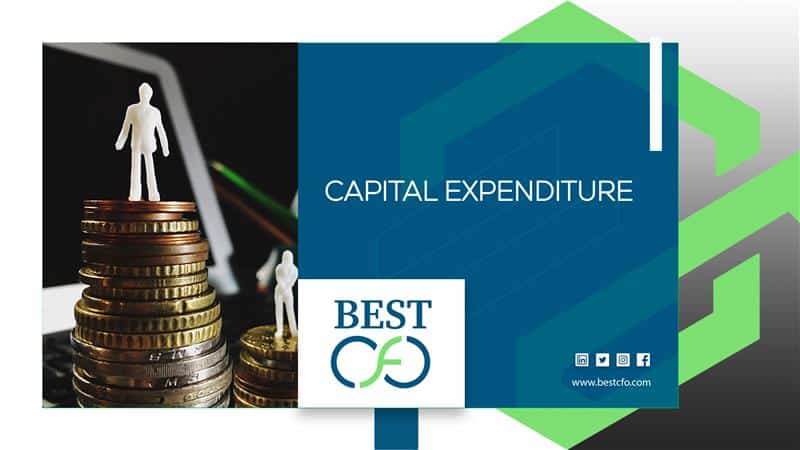
How to Calculate Capital Expenditures Decisions
Not every project is worth the money. Here’s how smart businesses make the call:
Financial Metrics & Ratios
- Return on Investment (ROI)
- Payback Period
- Net Present Value (NPV)
- Internal Rate of Return (IRR)
Qualitative Factors
- Does the project match long-term goals?
- Are there risks like obsolete tech or low market demand?
Case Study: Tesla’s Gigafactories
Tesla invested heavily in battery factories. At first, the cost seemed high. But over time, it cut costs and helped Tesla scale production.
CapEx Budgeting & Planning
A smart CapEx plan saves time, money, and stress.
How to Create a CapEx Budget
- Identify business needs
- List potential projects
- Prioritize based on return and risk
- Estimate cash flow impact
- Monitor and adjust regularly
Best Practices
- Plan for different outcomes (scenario planning)
- Use phased investments
- Review budgets often
Example: Apple Inc.
Apple invests carefully in its supply chain, spreading costs over time to avoid overspending.
Financing Capital Expenditures
Paying for CapEx isn’t always easy—especially for small businesses or startups.
Internal Financing
- Retained earnings
- Depreciation reserves
External Financing
- Debt: Loans, bonds, mortgages
- Equity: Selling shares
- Leasing: Useful for tech and heavy equipment
Each method affects ownership, cash flow, and future obligations.
Example: Startups & Cash Flow
New companies often lease equipment or use loans to balance growth with limited funds.
Common CapEx Mistakes to Avoid
- Underestimating true costs
- Ignoring maintenance CapEx
- Spending at the wrong time (like during downturns)
- Failing to check on project performance after spending
Real Example
One company overinvested in outdated software and lost both time and money.
Future Trends in Capital Expenditure
The business world is changing fast—and CapEx is evolving with it.
Digital Transformation
More money is being spent on:
- AI
- IoT (Internet of Things)
- Automation
These tools help companies become more productive and efficient.
Sustainability Investments
Companies now invest in:
- Green energy
- Carbon-neutral operations
- Eco-friendly infrastructure
CapEx-Light Models
Instead of buying, many businesses rent or subscribe—especially in tech.
Expect smarter, leaner, and more data-driven CapEx decisions. Industries will keep adapting their strategies to stay competitive and meet new goals.
Conclusion
Capital Expenditure isn’t just a fancy accounting term—it’s a big part of how businesses grow, compete, and succeed. From planning and budgeting to choosing the right financing method, every step matters. If you’re a business owner or an investor, understanding CapEx helps you make smarter choices for the long haul.
And if you’re looking for expert guidance in planning your next big investment, don’t forget to check out Best CFO—a trusted partner in financial decision-making.
FAQs
1: How do I calculate Capital Expenditure?
Check the cash flow statement under “investing activities.” Add the money spent on buying fixed assets and subtract money from selling them.
2: Is CapEx considered an expense?
Not right away. It’s recorded as an asset and expensed slowly through depreciation or amortization.
3: What’s the difference between CapEx and OpEx?
CapEx is for long-term assets. OpEx is for everyday business costs.
4: How does CapEx affect the income statement?
Only a portion of CapEx is recognized each year as depreciation or amortization.
5: What industries rely heavily on CapEx?
Manufacturing, tech, energy, and logistics—basically, any field that depends on infrastructure, equipment, or research.
Previous Post
What Are The 7 Qualities That Make A Good Team Player?
Post a comment Cancel reply
Related Posts
Organic vs Inorganic Marketing: Pros, Cons, and Best Use Cases
Organic vs Inorganic Marketing: Pros, Cons, and Best Use Cases When it comes to growing…
What Is Operating Capital and Why Is It Important?
What Is Operating Capital and Why Is It Important? Are you ready to dive into…
How to Scale a SaaS Business Without Losing Your Customers?
What Are the 5 Sources of Funding? So, you’ve got the dream. The vision. The…
What Are the 5 Sources of Funding?
What Are the 5 Sources of Funding? So, you’ve got the dream. The vision. The…
 Demos
Demos  Colors
Colors  Docs
Docs  Support
Support 




